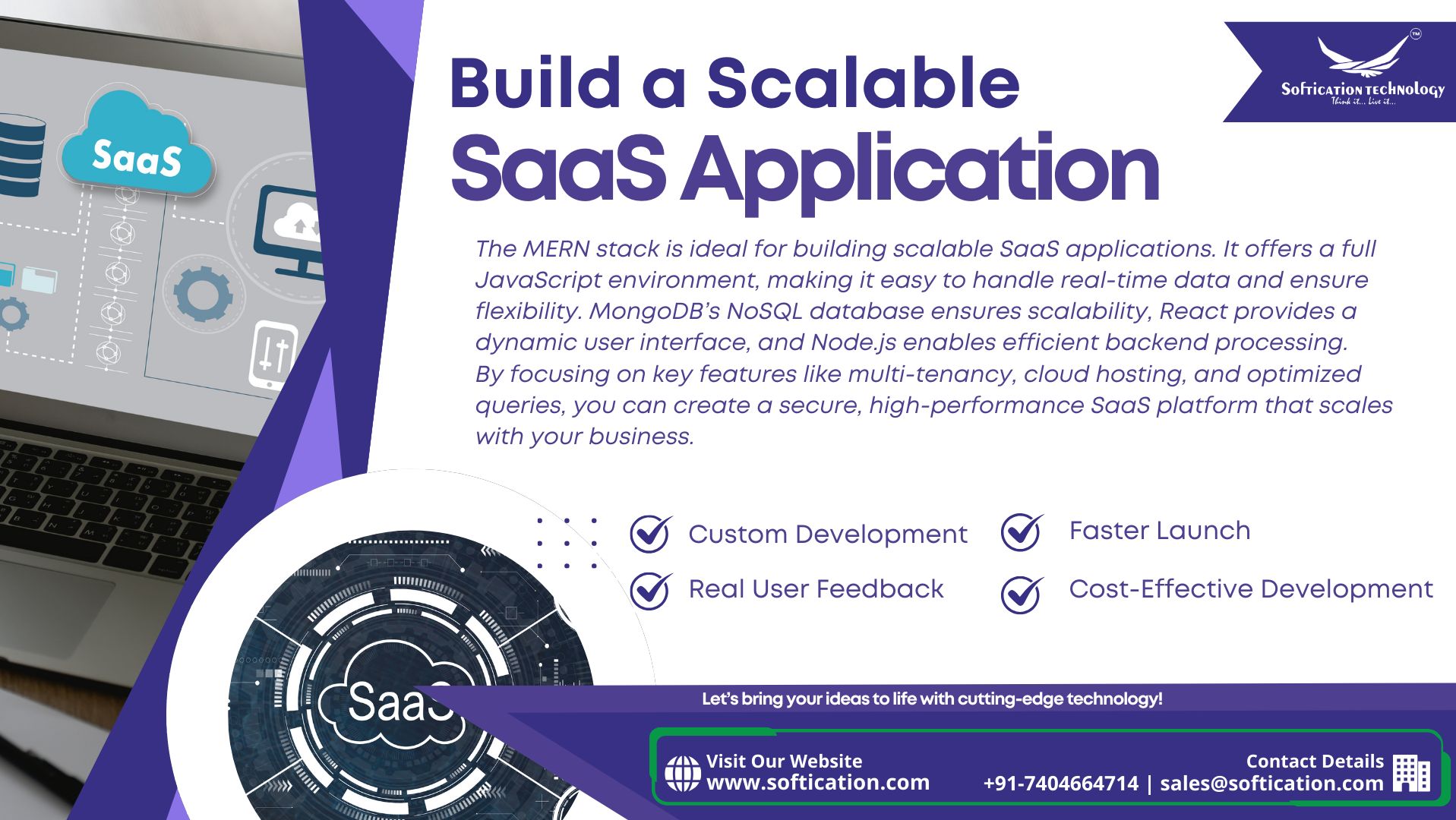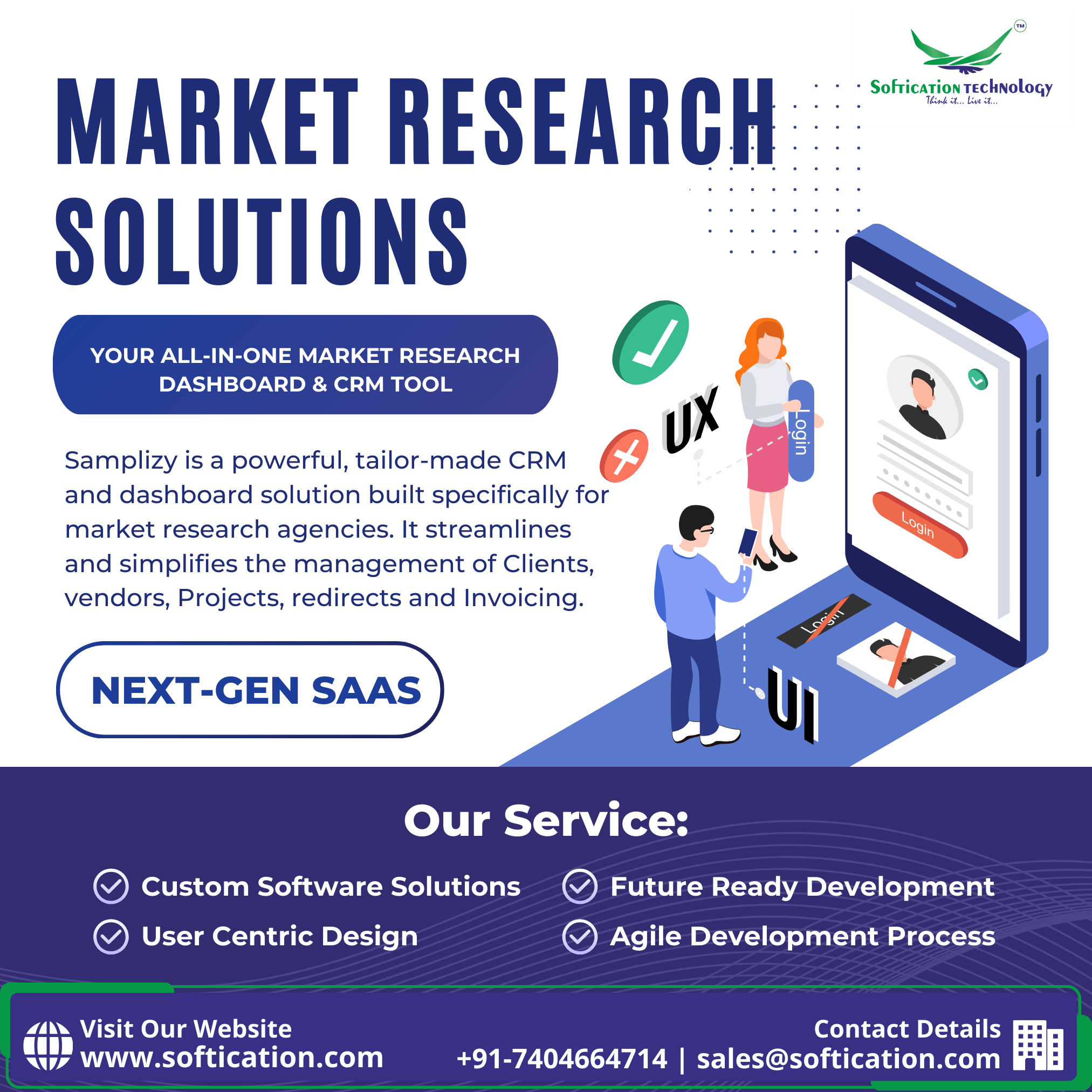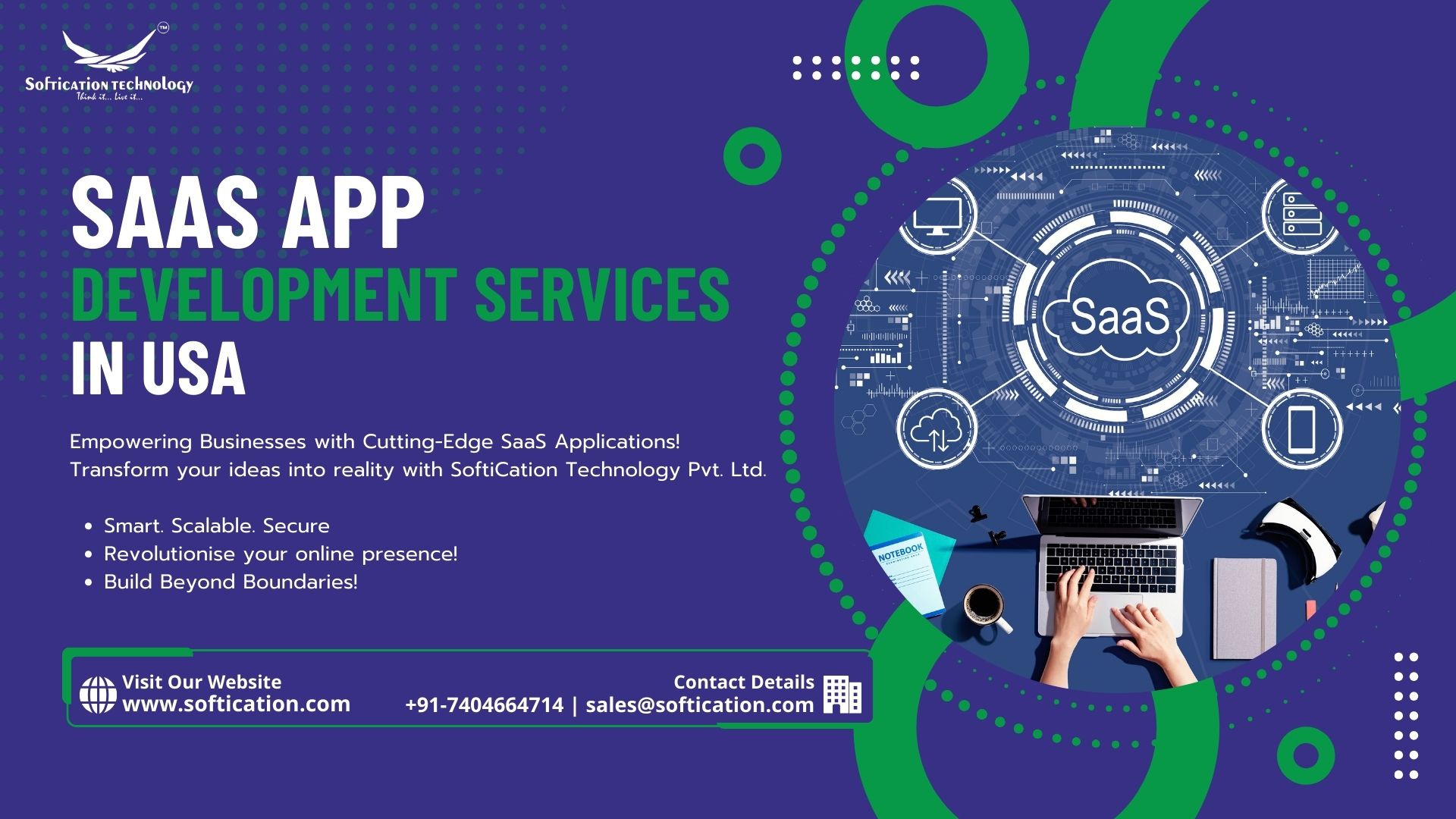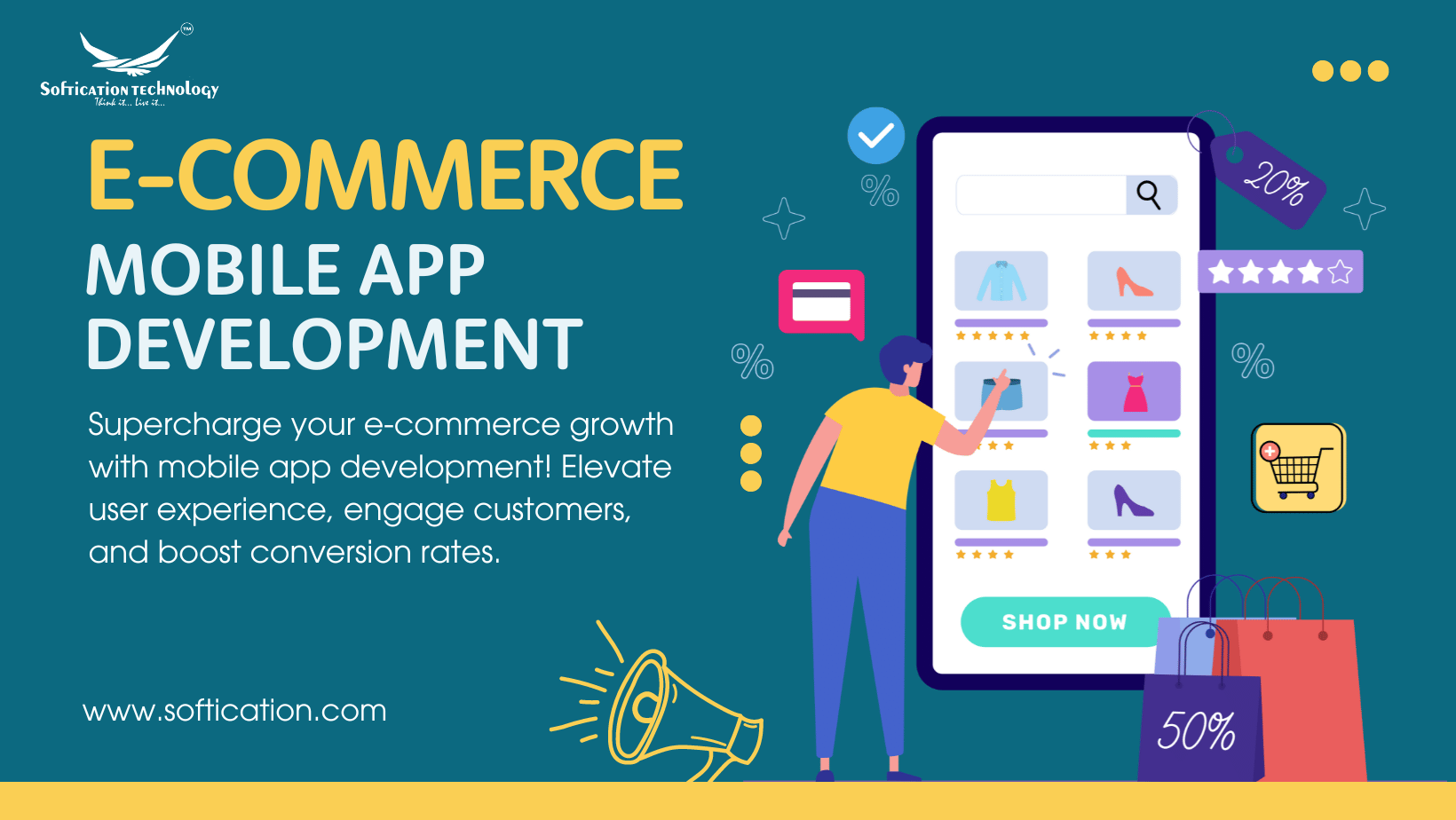Introduction
For startups, launching a Minimum Viable Product (MVP) is one of the milestones that must be achieved within a business's life span. It represents a low-cost and valuable way of validating a business idea, getting feedback from users, and even capturing the attention of investors. Unfortunately, numerous entrepreneurs find it difficult to understand how to build an MVP that can acquire users and even get funding. In this guide, we’re going to give you a complete set of strategies ranging from user and funding acquisition, features that need to be present, and investment strategies to win them over.
This article is sponsored by SoftiCation Technology Pvt. Ltd., a leading technology company in India that specialises in MVP development, SaaS-based solutions, and digital transformation to help businesses scale efficiently.
What is an MVP?
An MVP is essentially an initial incarnation (the earliest version) of a product and, in the case of software, that is designed with rudimentary characteristics or features that are capable of solving a particular issue. A benchmark allows a software to provide benefits to users. Their feedback is extremely important and is referred to as an MVP in customer development. As cited earlier, the ultimate aim is to first confirm (validate) a business concept (idea) without spending/gaining value from the user in an inefficient manner, and then capturing try extract as much information which can guide further development.
Advantages of Formulating an MVP
- Diminished (Cost-Efficient) Development Expenses— Spending less reduces cost compared to the complete working model setup.
- Faster Time to Market— This facilitates quick entry for a startup to test a business concept.
- Early Feedback from Users— Foundational user data that aid in enhancing the product before market scaling.
- Investor Attraction— Actively works to demonstrate sustainability and increased attention towards expansion opportunities.
- Decreased Risk— Protect from potential losses incurred from spending on redundant features.
Cons of MVP Development
- Limited Version Offers— Some users may be displeased by not having access to the advanced version.
- Competitive Threat— Competitors may swiftly develop improvements for your MVP.
- MVP Feature Misalignment— Vaguely structured plan documents may overlook key components.
- Skeptical Investors— Certain financiers are likely to have a bias towards fully developed projects as opposed to MVPs.
What a Successful MVP Should Contain
An MVP requires careful consideration of the following components:
- Operational Features— Specific attributes designed to eliminate the most dominant problem.
- Potential for Extended Scalability— A structure that permits future growth.
- Neutral Design— Easy to use UI/UX.
- Overall Fit in the Market— Corresponds troubling issues or problems to the appropriate targeted users.
- Feedback System— Integrated analytics and feedback capturing from users.
How To Create An MVP (Guidelines in Sequence)
Identify the Problem and Audience for Your Product
Establishing the Pain Point and identifying the target market, audience, and users before setting up an MVP. Validate defaulting to substantiating research aids in checking claiming demand.
- Identify Core Features
List the features that will form part of the MVP and focus on value, avoiding additional expenses and speeding up development.
- Replace Technology Stack
Choosing the most appropriate MVP development framework is critical for ease of scaling and overall functionality.
Common selections include:
- Frontend: React.js, Vue.js with Tailwind.css
- Backend: Node.js, C# (Dot.Net), Java, Python
- Database: MySQL, MongoDB, MSSQL, PostgreSQL
- Cloud Hosting: Any VPS, Digital Ocean, Azure, AW
Develop Wireframe Prototypes
Prototypes that can be clicked help users visualize the flow of users before development. Figma, Adobe XD, and even Sketch can be used for UI/UX design.
- Test and Develop MVP
The MVP development should be agile in nature and evaluate constant feedback to make stepwise changes, enabling clear improvements. Ensure the system is thoroughly functional and secure before testing.
- Gather User Feedback and Launch
Once the MVP is ready, it should be shared with a select group of users (beta testers) so you can gather their feedback afterward. Google Analytics, Mixpanel, and Hotjar are useful in watching users interact with the application.
Strategies for Capturing Users On MVP
- Use Growth Hacking Techniques
Introduce low-cost initiatives such as:
- Referral Programs – These offer incentives to existing users to bring in new users. Content Marketing – Create articles, videos, and case studies and publish them.
- SEO Strategies - Optimize your Minimal Viable Product (MVP) ranking on Google.
- Social Media Campaigns – Promote on LinkedIn, Twitter, and Instagram.
Paid Advertising and Influencer Marketing
- Run Google Ads and Meta Ads (Facebook, Instagram, LinkedIn) targeting drives traffic.
- Collaborate with influencer marketers to promote your MVP.
Email and Community Marketing
- Design and promote a tailored email campaign to interact with prospective users.
- Become a member of related Reddit, Slack, or Discord communities and promote your MVP discreetly.
How to Get Investors Interested in Your MVP
- Present Market Validation
Make sure to have demand validated, as this is of interest to investors. Support with:
- User growth rate in the early stages.
- User testimonials and reviews.
- Discuss how the business can earn revenues.
Build an Appealing Pitch Deck
This should contain the following parts:
- Main Problem & Resolved Solution.
- Market Opportunity Evaluation, with Competition Analysis.
- MVP Progress and Key Metrics Evaluation.
- Monetization Strategy and Growth Planning.
Networking and Reaching Out to Investors
- Participate in startup pitch events as well as hackathons.
- Connect with investors on LinkedIn and AngelList.
- Register with accelerators such as Y Combinator and Techstars.
- Market Opportunity & Competition Analysis.
MVP Launch Roadmap
Listening to the users is fundamental to Software Engineering. For this reason, users are included at every stage of the development process in all of the phases below.
Phase 1: Planning
- Research the Marketplace.
- Develop Sketches & Models (wireframes and Prototypes)
- Development of Core Features.
- Designing User Interface and Backend Structures.
- Creating Integrated Code within APIs.
- Wire-framing & Prototyping
Phase 2: Development
- Backend & Frontend Coding
- API Integrations
- Testing & QA
Phase 3: Pre-Launch
- Beta Testing
- Build Hype (Social Media, PR)
- Optimise Landing Page
Phase 4: Launch & Growth
- Official Release
- User Acquisition & Retention
- Track & Optimise
- Pitch to Investors
Softication Technology has, along with garnering interest in development or strategy implementation. Softication is always willing to aid in taking the next step of integrating the application into a functioning page.
If you're ready to turn your startup idea into a reality, start building your MVP today! Whether you need expert MVP development, investment strategies, or user growth techniques, SoftiCation Technology Pvt. Ltd. can help. 🚀
👉 Softication Technologies are with you one step forward in polishing your MVPs. Book a free consultation for investment or user growth techniques !
📩 Contact us at sales@softication.com
🌐 Visit www.softication.com or www.softication.in for more insights!
Conclusion
Launching an MVP successfully requires a strategic approach that balances user needs, cost efficiency, and investor expectations. By focusing on market validation, scalable development, and targeted marketing, you can create an MVP that not only attracts users but also secures funding for future growth.
Now is the time to bring your MVP to life and disrupt the market with SoftiCation Technology Pvt. Ltd.! 🚀











